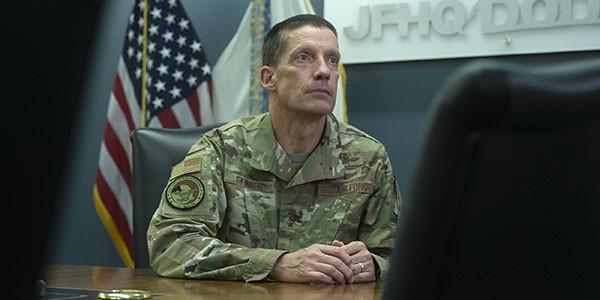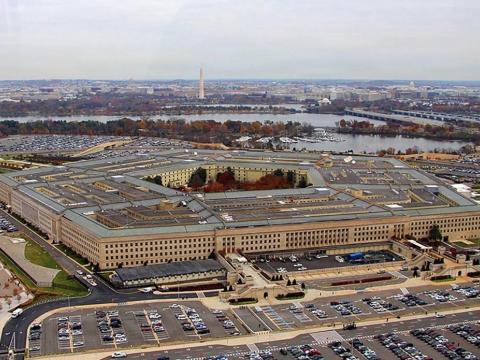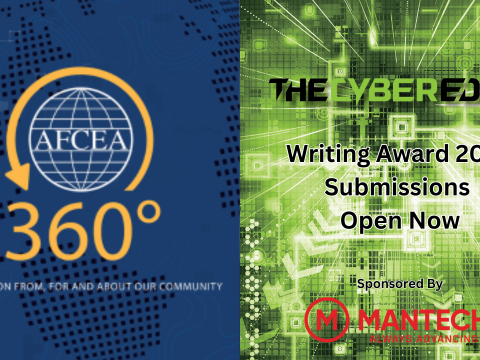Velocity of Action Underpins New DISA Strategy
Five key lines of effort define the course that the Defense Information Systems Agency (DISA) is taking to ensure information superiority for the U.S. military as it moves forward against new adversarial challenges. These lines of effort are the framework for the agency’s new strategy that is being developed and implemented at DISA.
Lt. Gen. Robert J. Skinner, USAF, DISA director and Joint Force Headquarters (JFHQ)-DODIN commander, emphasizes that the top priority among these lines is command and control (C2). As a combat support agency, DISA considers C2 a “no fail” priority, he says. That includes driving C2 for the current environment as well as for the future environment. This ranges from the president of the United States being able to communicate and command forces across all domains.
The strategy encompasses both top-down and bottom-up C2, Gen. Skinner continues. “When I talk command and control, when I talk communication, it has to be from the foxhole in a denied, degraded environment at the tactical edge all the way to the strategic level and beyond,” he emphasizes. Similarly, the White House Communications Agency must be able to put the president in touch with foreign leaders, the U.S. public, or defense leaders. The agency must balance its C2 capabilities among the executive branch, the Defense Department and individual warfighters.
The strategy’s next line of effort is to leverage innovation. This is at the heart of modernization, the general points out. While many people and organizations exploit innovation “all over the map,” DISA is focusing its innovation on requirements for capabilities needed by the force. “We have a lot of legacy/vulnerable systems across the department that we have to modernize,” he says. “It can’t just be, ‘We’ll add a little bit of technology and call it a day.’ We have to actually innovate the process, innovate the technology and innovate the force structure to get the most bang for the buck as we move forward.”
The third line is to focus on data as a center of gravity. As the world moves toward a software environment, the agency must leverage data at the heart of decision making, cybersecurity, transportation, logistics, global strike and other elements. “To have an optimized and efficient force, we have to focus our data as a center of gravity,” he says.
For the fourth line, from an information technology standpoint, cybersecurity must be harmonized with the user experience, Gen. Skinner offers. “If you have a system that an individual can’t use very well or takes a Ph.D. to operate, then we’re not being optimized,” he states. Too much cybersecurity can make a system unusable, thus rendering the system incapable of meeting the requirements that need to be supported.
The strategy’s fifth line of effort is to empower the workforce. Gen. Skinner is calling for unleashing the talent inherent in DISA. “It never ceases to amaze me. The talent that we have in DISA, in JFHQ-DODIN, across the department and even across the United States is just amazing. It’s our jobs as senior leaders to have the right environment that everyone can realize the best of themselves where we can drive them to greater heights than what they could even imagine.”
This will require aligning the workforce, education and training, he points out. Encouraging their creativity will generate great ideas, which tend to come from the grassroots level, the general posits. “That’s what we need to empower.”
Foundational to these five lines of effort are two elements. The first is velocity of action—“to win,” Gen. Skinner says. “Our actions have to be aligned in the right pace, the right speed and in the right direction to move the department forward.” Absent the velocity of action to win, potential adversaries in Europe and Asia are positioning themselves to seize the initiative with their own velocity of action. This includes challenging the rules-based international order that has dampened security threats for generations.
The other element is what Gen. Skinner describes as transparency of understanding. This entails being able to clearly show how a taxpayer’s money is being spent and in what context. In a time of tight resources, this transparency will provide better conditions for supporting key allocations and acquisitions. It also enables a diverse force to be able to provide inputs for better decision making.
For much more on how DISA plans to implement the new strategy and its five lines of effort, read the October issue of SIGNAL Magazine. And, be sure to attend TechNet Cyber 2021 in Baltimore October 27-28, where DISA’s strategy will be discussed.





Comments